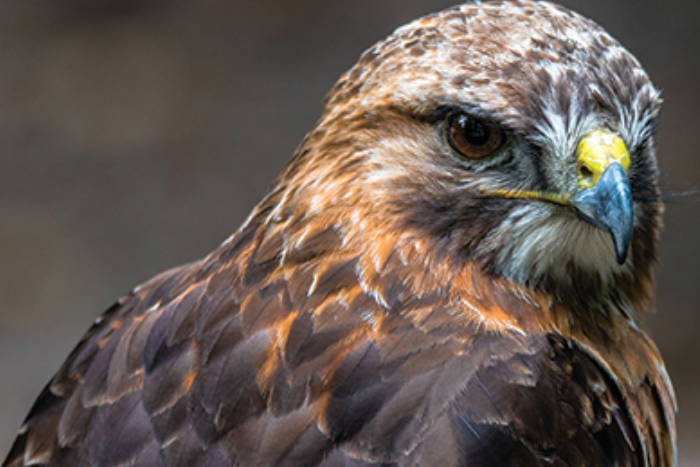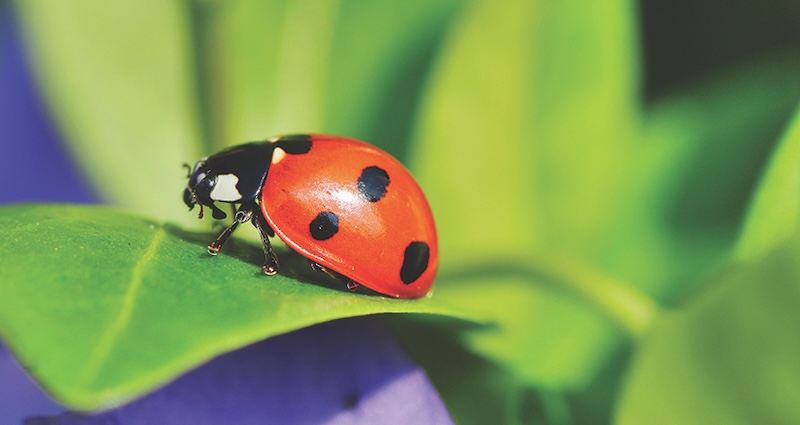
Going wild in the city
By Rachel Shaw
Lincolnshire Wildlife Trust
A cackling of crows distracts me from my work. I swivel round on my chair to see what’s going on. It’s not the usual jackdaws and crows having a disagreement but a buzzard.
Working from home in Lincoln, I often see and hear buzzards. They lazily ride the thermals above the Lincoln edge, drifting high overhead. But this one is perched – if perched is the correct term – on the roof of the house opposite. The crows are cawing and cackling as they dive-bomb it. The crows like to think that they rule the roost of my urban street. They’re not happy about a bird of prey with sharper talons than them turning up.
The buzzard takes the abuse for a few moments, then opens her wings and departs. It feels like the wild has taken another step closer into the heart of Lincoln.
It’s a step that at one time would have seemed unimaginable. “The Birds of Lincolnshire” co-authored by the founder of the Lincolnshire Wildlife Trust, Ted Smith, and published in 1955 notes that the last buzzard’s nest in the county was recorded in 1888. The same book records that peregrines, whose screaming calls will be familiar to anyone who lives near Lincoln Cathedral, were only occasionally seen on the coast in winter.
Buzzards and peregrines are now a familiar sight in Lincoln. There have also been sightings of red kites and it doesn’t feel like it will be long before they too are a more regular feature of our skies. These birds are predators at the top of the food chain. They have made a remarkable recovery after decades of persecution and poisonings. Against the backdrop of the climate crisis and the catastrophic decline in wildlife, their recovery offers a ray of hope.
Wildlife can recover if given a chance and on the outskirts of Lincoln, it is being given a chance. Doddington Hall has a 100-year plan to bring back nature and “rewild” its estate.
Rewilding has become a new buzzword in nature conservation. It aims to restore whole ecosystems not just habitats and species. Reducing human intervention and leaving nature to its own devices. It requires patience, faith and a willingness to accept unintended consequences.
The result is a more resilient landscape that can cope with extreme rainfall and help prevent flooding elsewhere. Soils that are more likely to be absorbing carbon than releasing it. And, of course, more wildlife including pollinators. A more resilient, rewilded landscape isn’t just good for wildlife, it’s good for people too.
It’s tremendously exciting to have such an important rewilding project so close to Lincoln.
The last of the arable crops were grown at Doddington in 2021 to be replaced by grazing animals including cattle and deer - key to how the landscape develops. We'll be able to see the changes from the paths and cycle tracks that run through the Doddington Hall estate.
These large-scale rewilding schemes are happening all over the country and there are possibilities for more in Lincolnshire. At the Lincolnshire Wildlife Trust we're working with others who are considering a different land management style. We could see wilder landscapes from the Humberhead Levels way up in the north-west of the county to the Fens of the south.
Most of us don’t have the land to enable large scale rewilding and recovery for nature but perhaps you have a garden. Whatever the scale, rewilding is also about a change of mindset. As a first step, stop using chemicals to control insect pests such as aphids – predators like ladybirds and hoverfiles will do that for us. Then we’ll be working with nature rather than against it and bringing a little more wild into the city.

